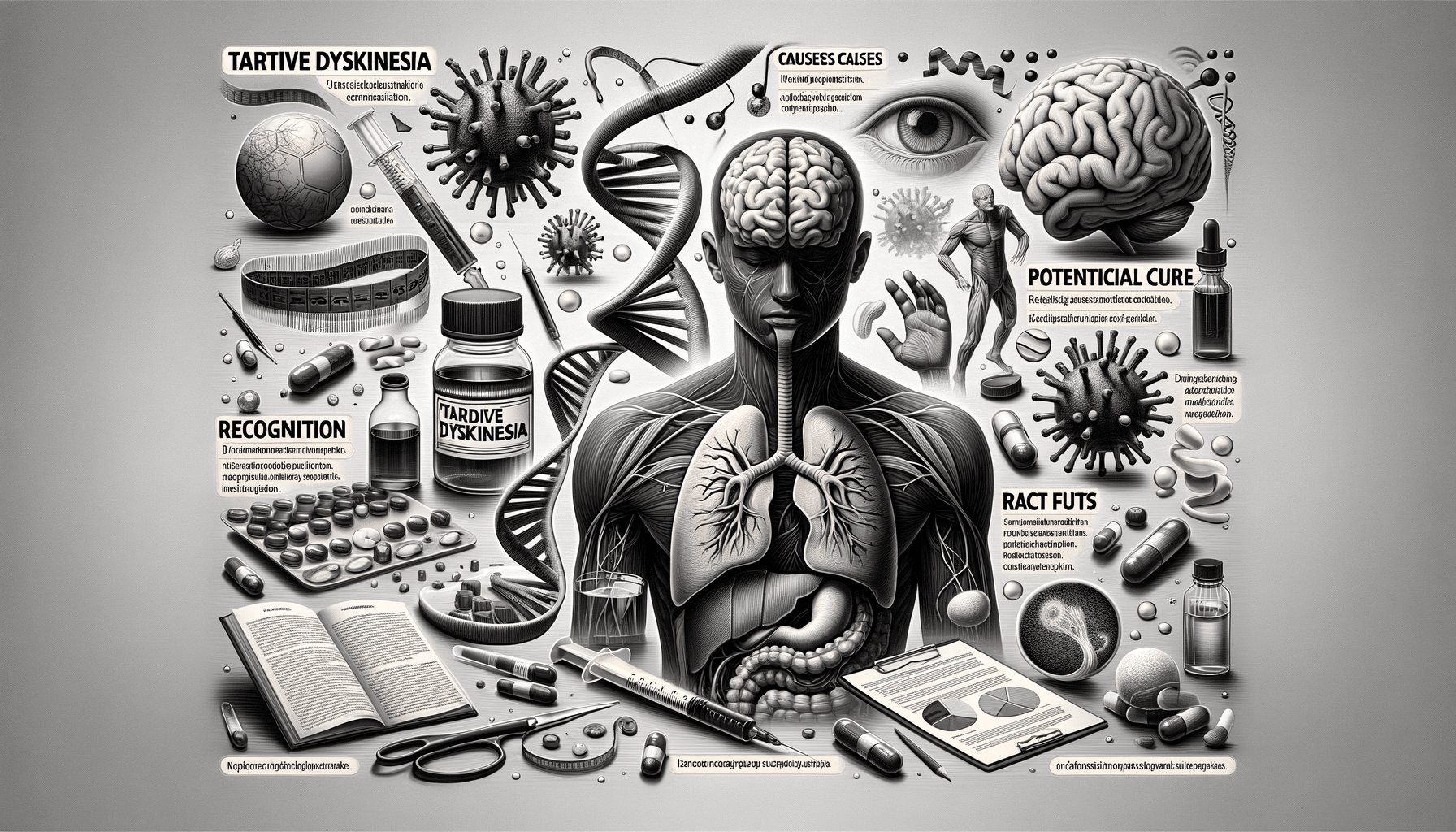
Tardive Dyskinesia: What You Need to Know and How to Manage Symptoms
Chemicals That Might Cause Tardive Dyskinesia
Understanding the chemicals that can lead to tardive dyskinesia (TD) is crucial for both patients and healthcare providers. TD is often associated with long-term use of certain medications, particularly those used to treat psychiatric disorders. Antipsychotic drugs, especially first-generation antipsychotics, are known to be significant contributors. These medications work by blocking dopamine receptors in the brain, which can lead to an imbalance in neurotransmitters and result in the involuntary movements characteristic of TD.
It’s not only antipsychotics that can cause TD. Some medications used for gastrointestinal disorders and other conditions also have the potential to induce these symptoms. For example, certain drugs used to control nausea and vomiting can affect the same neurotransmitter pathways as antipsychotics. Understanding these risks is essential for anyone who is prescribed these types of medications, as early detection and management can prevent the progression of TD.
When considering the risk of TD, it’s important to weigh the benefits of the medication against the potential side effects. Patients should have open discussions with their healthcare providers about the necessity of the medication, potential alternatives, and strategies to monitor and manage any emerging symptoms. This proactive approach can make a significant difference in the quality of life for those at risk of developing TD.
Can Tardive Dyskinesia Be Cured?
The question of whether tardive dyskinesia can be cured is complex and depends on various factors, including the duration and severity of symptoms, as well as the individual’s overall health. Currently, there is no definitive cure for TD, but there are several treatment options that can help manage and reduce symptoms. The primary strategy involves adjusting or discontinuing the medication responsible for the symptoms, under medical supervision. However, this is not always possible, especially if the medication is essential for managing a psychiatric condition.
In recent years, new medications have been developed specifically to treat TD. These drugs work by targeting the neurotransmitter pathways involved in the disorder, helping to alleviate the involuntary movements. While these treatments can be highly effective for some individuals, they may not work for everyone, and they can come with their own set of side effects.
Aside from medication, other approaches such as behavioral therapy, physical therapy, and lifestyle changes can also play a role in managing TD. These therapies can help individuals cope with the symptoms and improve their overall quality of life. It’s important for patients to work closely with their healthcare providers to develop a comprehensive treatment plan tailored to their specific needs.
How to Recognize Tardive Dyskinesia
Recognizing the signs of tardive dyskinesia early is key to managing the condition effectively. TD is characterized by repetitive, involuntary movements, which can occur in various parts of the body. Common symptoms include grimacing, tongue movements, lip smacking, and rapid blinking. In some cases, the arms, legs, or trunk may also be affected, leading to jerking or writhing motions.
These symptoms can develop gradually, sometimes taking months or even years to become noticeable. This slow onset can make it challenging for individuals and their families to recognize the condition early. Regular monitoring and communication with healthcare providers are essential, especially for those taking medications known to cause TD.
It’s also important to differentiate TD from other movement disorders. Conditions such as Parkinson’s disease or essential tremor may present with similar symptoms, but they have different underlying causes and treatments. A thorough medical evaluation, including a review of medication history and a physical examination, is necessary to accurately diagnose TD.
For those experiencing symptoms, keeping a detailed record of movements, including their frequency and any potential triggers, can be helpful in discussions with healthcare providers. This information can assist in tailoring a treatment plan and making necessary adjustments to medication regimens.


